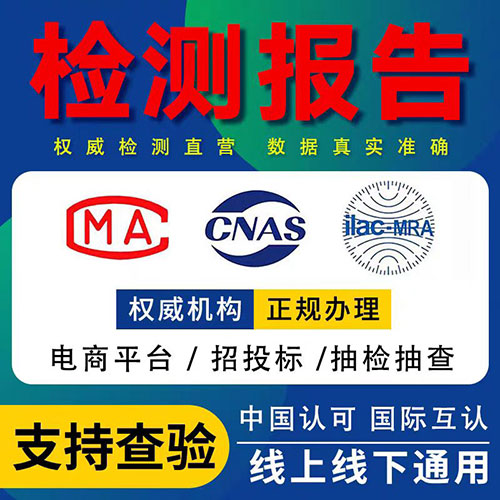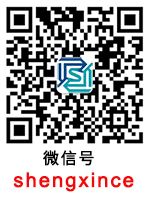rohs2.0最新标准 英文
What is the Latest Standard of RoHS2.0?
RoHS2.0 stands for Restriction of Hazardous Substances 2.0, which is the latest standard designed to eliminate hazardous substances from electronic equipment. The aim of the RoHS2.0 standard is to reduce the impact of electronic equipment on human health and the environment, by restricting the use of certain hazardous chemicals. The RoHS2.0 directive was officially implemented on July 22, 2019, and applies to all electrical and electronic equipment sold in the European Union (EU) market. The following paragraphs will provide more details about the new RoHS2.0 standard.
What are the Restricted Substances in RoHS2.0?
The RoHS2.0 standard restricts the use of ten hazardous substances in electronic equipment. These substances include lead (Pb), mercury (Hg), cadmium (Cd), hexavalent chromium (Cr6+), polybrominated biphenyls (PBB), polybrominated diphenyl ethers (PBDE), bis (2-ethylhexyl) phthalate (DEHP), butyl benzyl phthalate (BBP), dibutyl phthalate (DBP), and diisobutyl phthalate (DIBP). These substances are harmful to human health and the environment when they are released into the air, soil or water.
What are the Benefits of RoHS2.0?
The RoHS2.0 standard has many benefits for the electronic industry, consumers, and the environment. First, the RoHS2.0 standard ensures that electronic equipment sold in the EU market is free of hazardous substances, which protects consumers from the harmful effects of these substances. Second, the RoHS2.0 standard encourages the development of new, safer and more environmentally-friendly technologies, which improves the competitiveness of the electronic industry. Third, the RoHS2.0 standard helps to reduce the amount of hazardous waste generated by electronic equipment, which is better for the environment.
How to Comply with RoHS2.0?
To comply with the RoHS2.0 standard, electronic equipment manufacturers must ensure that their products do not contain any of the restricted substances. They must also ensure that their products are labeled with the RoHS symbol, which indicates that the product is RoHS compliant. Manufacturers must also submit a declaration of conformity for each product they sell, which states that the product is RoHS compliant. Importers and distributors of electronic equipment must also ensure that the products they sell are RoHS compliant and they must keep accurate records to prove compliance.
What are the Challenges of RoHS2.0?
The RoHS2.0 standard presents several challenges for the electronic industry. First, manufacturers must use alternative materials and processes to eliminate the restricted substances, which can be costly and time-consuming. Second, manufacturers must ensure that their supply chain is free of restricted substances, which can be difficult to verify. Third, manufacturers must keep up with the changing regulations in different countries, which can be confusing and time-consuming. Nevertheless, the benefits of the RoHS2.0 standard outweigh the challenges, and compliance with the standard is crucial for the safety of consumers and the environment.
Conclusion
The RoHS2.0 standard is an important step towards creating a safer and more sustainable electronic industry. By restricting the use of hazardous substances in electronic equipment, the RoHS2.0 standard protects consumers and the environment from the harmful effects of these substances. Complying with the RoHS2.0 standard is essential for electronic equipment manufacturers, importers, and distributors who want to sell their products in the EU market. Although the RoHS2.0 standard presents some challenges, the benefits of creating a safer and more sustainable electronic industry are significant.


 有样品要送检?试试一键送检,15分钟极速响应
有样品要送检?试试一键送检,15分钟极速响应



